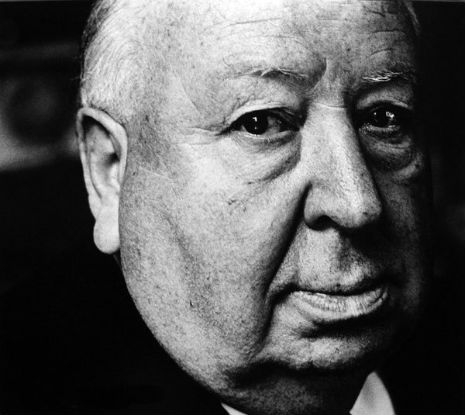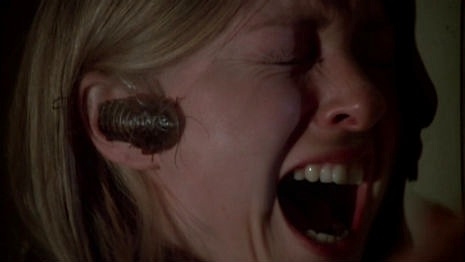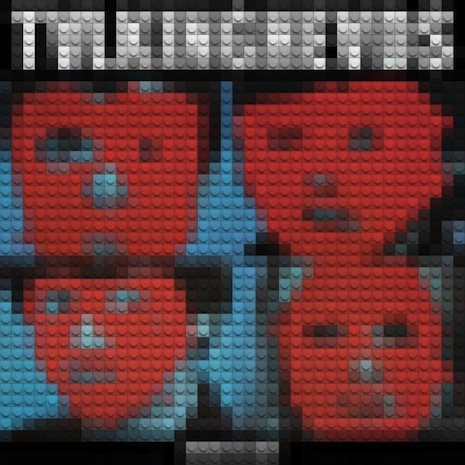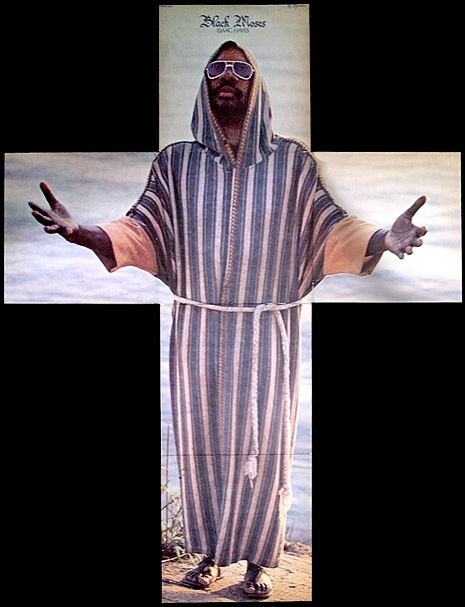
It is claimed Alfred Hitchcock was so traumatized after viewing footage of the liberation of the Belsen-Bergen concentration camp that the legendary film director stayed away from Pinewood Film Studios for a week.
Hitchcock had been enlisted by friend and patron, Sidney Bernstein to make a documentary on German atrocities carried out during the Second World War. The director was to use footage shot by British and Soviet film units during the liberation of the Nazi concentration camps. The material was so disturbing that Hitchcock’s complete film has rarely been seen. Speaking to the Independent newspaper, Dr Toby Haggith, Senior Curator at the Department of Research, Imperial War Museum, said:
“It was suppressed because of the changing political situation, particularly for the British. Once they discovered the camps, the Americans and British were keen to release a film very quickly that would show the camps and get the German people to accept their responsibility for the atrocities that were there.”
According to Patrick McGilligan in his biography Alfred Hitchcock: A Life in Darkness and Light:
[Hitchcock met] with two writers who had witnessed the atrocities of Bergen-Belsen first-hand. Richard Crossman contributed a treatment, while Colin Wills, an Australian correspondent, wrote a script that relied heavily on narration.
The director had committed himself to the project early enough to give Hitchcockian instructions to some of the first cameramen entering the concentration camps. Hitchcock made a point of requesting “long tracking shots, which cannot be tampered with,” in the words of the film’s editor, Peter Tanner, so that nobody could claim the footage had been manipulated to falsify the reality. The footage was in a newsreel style, but generally of high quality, and some of it in color.
....
The footage spanned eleven concentration camps, including Bergen-Belsen, Dachau, Buchenwald, Ebensee, and Mathausen. The filmmakers ended up with eight thousand feet of film and newsreel, some of it shot by allied photographers, the rest of it impounded. It was to be cut and assembled into roughly seven reels.
Hitchcock watched “all the film as it came in,” recalled Tanner, although the director “didn’t like to look at it.” The footage depressed both of them: the piles of corpses, the staring faces of dead children, the walking skeletons. The days of looking at the footage were long and unrelievedly grim.
In the end, the planned film took Hitchcock and his team much longer than anticipated, and when it was delivered, the perceived opinion was the documentary would not help with Germany’s postwar reconstruction. Despite protests from Bernstein and Hitchcock, the documentary was dumped and five of the film’s six reels were deposited at the Imperial War Museum, where they were quietly forgotten.
Some later thought Hitchcock’s claims of making a Holocaust documentary were mere flights of fancy, that was until 1980, when an American researcher discovered the forgotten five reels listed as “F3080” in the Museum’s archives. These were screened at the Berlin Film Festival in 1985, and this incomplete and poor quality version was then shown on PBS under the title Memory of the Camps, with its original commentary by Crossman and Wills, narrated by Trevor Howard.
Now, the Imperial War Museum has painstakingly restored all six reels according to Hitchcock’s original intentions. This has led to some “wariness” over seeing the documentary as a “Hitchcock film” rather than as an important and horrific record of Nazi atrocities.
Haggith, who worked as an advisor on the project, has said the film is “much more candid” than any previous Holocaust documentary, and has described it as “brilliant” and “sophisticated.”
“It’s both an alienating film in terms of its subject matter but also one that has a deep humanity and empathy about it. Rather than coming away feeling totally depressed and beaten, there are elements of hope.
“We can’t stop the film being incredibly upsetting and disturbing but we can help people understand why it is being presented in that way.
“Judging by the two test screenings we have had for colleagues, experts and film historians, what struck me was that they found it extremely disturbing.
“When you’re sitting in a darkened cinema and you’re focusing on a screen, your attention is very focused, unlike watching it on television… the digital restoration has made this material seem very fresh. One of the common remarks was that it [the film] was both terrible and brilliant at the same time.”
Work on Hitchcock’s documentary is almost complete, and the film (with as yet to be announced new title) will be shown on British TV in early 2015 to mark the 70th anniversary of the “liberation” of Europe. The film will also be screened at film festivals and in the cinema.
The following is the 5-reel version of Hitchcock’s documentary. Warning: the film contains horrific and disturbing images, which may not be suitable viewing for all.
Via the ‘Independent’ with thanks to Tara!




























